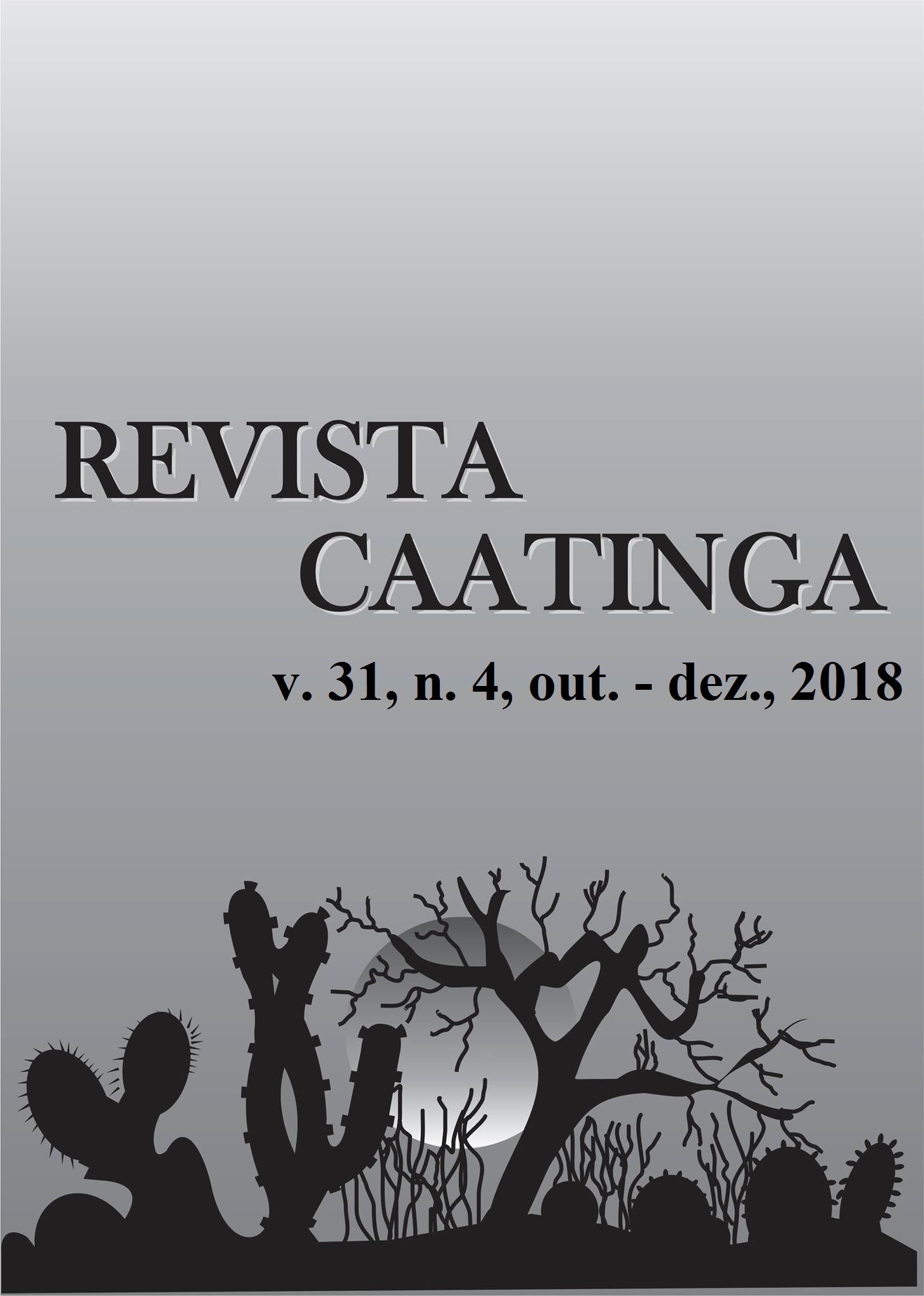MACHINE TRAFFIC AND SOIL PENETRATION RESISTANCE IN GUAVA TREE ORCHARDS
DOI:
https://doi.org/10.1590/1983-21252018v31n421rcKeywords:
Psidium guajava L.. Precision agriculture. Soil compacting. Mechanized agriculture.Abstract
The study was conducted in irrigated commercial orchards of ‘Paluma’ and ‘Pedro Sato’ guavas, which were mapped with a Garmin GPS unit (Cx60). Sixty five sampling points were marked on a 21 x 21 m sampling grid. Gravimetric humidity and soil penetration resistance (SPR) were evaluated with the help of an automated penetrometer rod with a type 3 cone at a 45º angle (maximum SPR 15,100 kPa). Data with non-normal distribution were analyzed by geostatistics and interpolation by ordinary kriging. SPR values were higher where machine traffic occurs than on the lines where the crop is planted. There was spatial variability of the SPR among the layers evaluated, with the layer between 0.10-0.20 m, on the line of the machine traffic, presenting a higher SPR (>4000 kPa).
Downloads
Downloads
Published
Issue
Section
License
Os Autores que publicam na Revista Caatinga concordam com os seguintes termos:
a) Os Autores mantêm os direitos autorais e concedem à revista o direito de primeira publicação, com o trabalho simultaneamente licenciado sob a Licença Creative Commons do tipo atribuição CC-BY, para todo o conteúdo do periódico, exceto onde estiver identificado, que permite o compartilhamento do trabalho com reconhecimento da autoria e publicação inicial nesta revista, sem fins comerciais.
b) Os Autores têm autorização para distribuição não-exclusiva da versão do trabalho publicada nesta revista (ex.: publicar em repositório institucional ou como capítulo de livro), com reconhecimento de autoria e publicação inicial nesta revista.
c) Os Autores têm permissão e são estimulados a publicar e distribuir seu trabalho online (ex.: em repositórios institucionais ou na sua página pessoal) a qualquer ponto antes ou durante o processo editorial, já que isso pode gerar alterações produtivas, bem como aumentar o impacto e a citação do trabalho publicado (Veja O Efeito do Acesso Livre).







